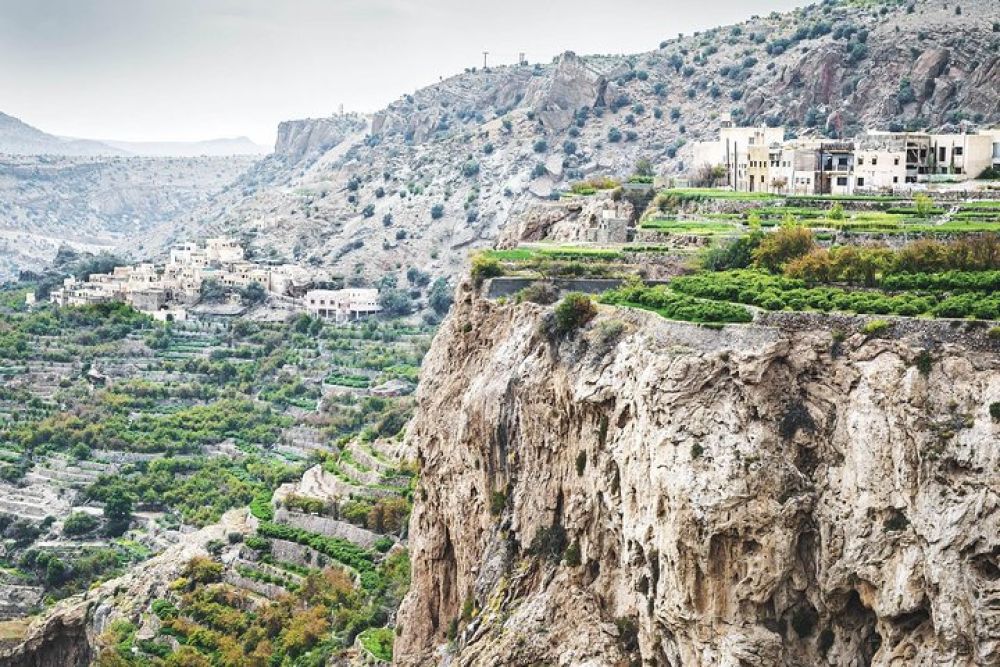

The tourism history of Jebel Akhdar in Nizwa, Oman is relatively recent compared to other historical destinations around the world. Nestled in the Al Hajar mountain range in northern Oman, Jebel Akhdar, also known as the Green Mountain, remained isolated for centuries, mainly due to its challenging terrain and lack of access routes. The residents of the mountain area lived in relative seclusion, cultivating terraces and relying on the natural springs for agriculture.
It wasn't until the improvement of roads and transportation in the mid-20th century that Jebel Akhdar started to gain attention as a potential destination for tourism. However, Jebel Akhdar's significant turn as a tourist destination came in the last few decades, when the Omani government, recognizing the area's unique climate, pristine beauty, and cultural significance, began to promote it as a perfect escape from the heat of the Arabian Peninsula.
Now, Jebel Akhdar is known for its spectacular views, terraced orchards, rose gardens, and cool climate, attracting both domestic and international visitors looking for outdoor adventures and cultural experiences.
Modern-day tourism in Jebel Akhdar has focused on its natural and serene beauty, with an emphasis on sustainable and eco-friendly practices. This trend aligns with global tourism movements towards responsible and experiential travel. The key highlights of the latest tourism trends in Jebel Akhdar include:
To make the most of a trip to Jebel Akhdar, certain planning is advisable. Visitors must understand that to enter the Jebel Akhdar region, a four-wheel-drive vehicle is required due to steep and winding roads. Additionally, the best time to visit is from September to April when the weather is pleasantly cool.
For an immersive experience, consider staying at one of the local eco-resorts or arranging a tour that includes cultural and agricultural insights. Always be respectful of the local culture and traditions, and be prepared for a tranquil stay that reconnects you with nature.